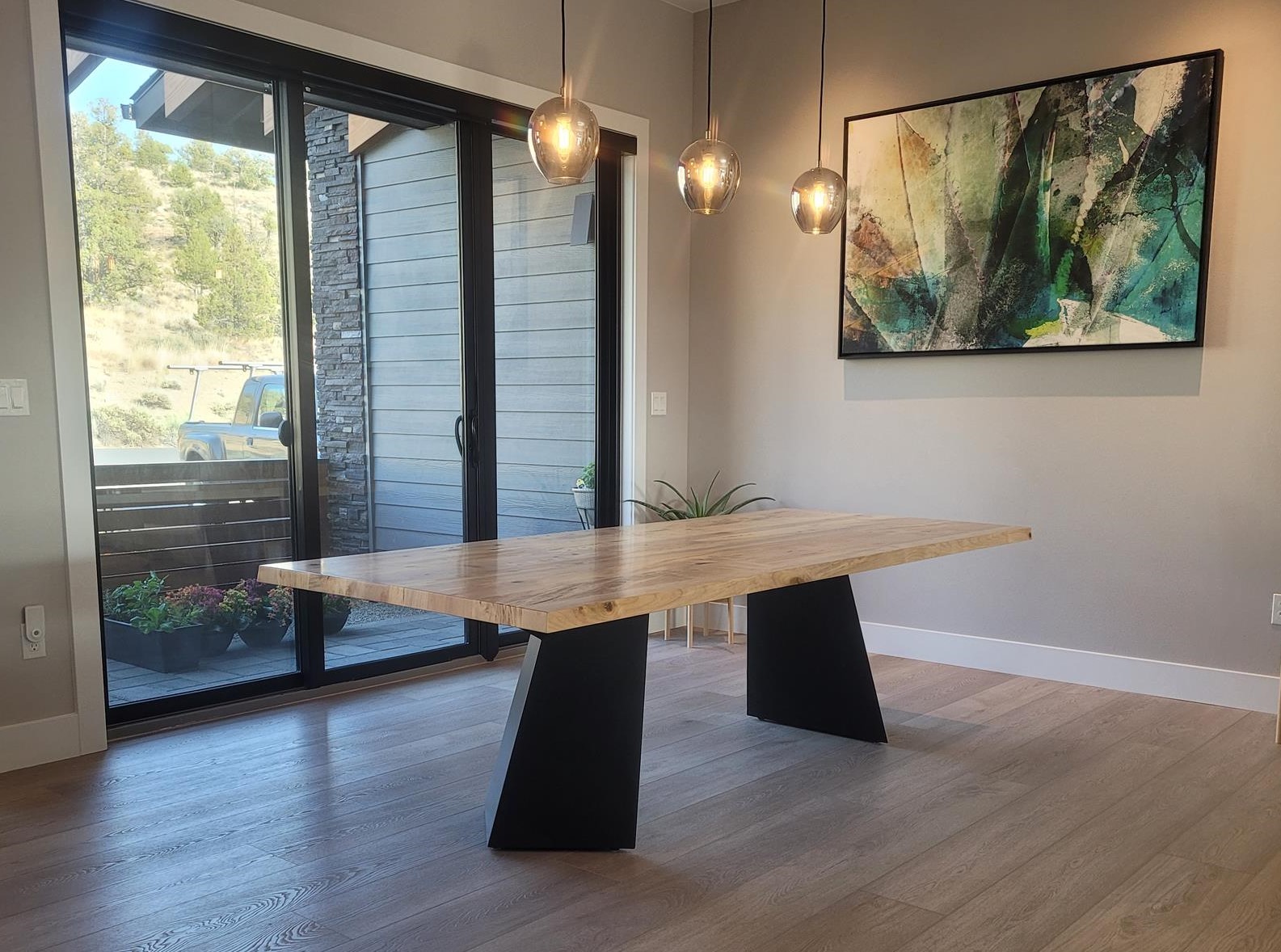Choosing the Perfect Eating Table: What Styles Work Best for Your Home?
Choosing the suitable dining table for your home can be a nuanced process that stabilizes aesthetics and performance. To browse these selections effectively and discover a table that genuinely enhances your home, consider the complying with elements in information.
Assessing Your Space
Examining the measurements and format of your dining area is a vital primary step in selecting the ideal table. Begin by determining the size and size of the area, making up entrances, home windows, and various other architectural features that could influence table placement. This guarantees that your table not only fits however likewise enables comfortable motion around it.
Think about the number of people you generally amuse. A table must suit your family's day-to-day requirements while providing enough adaptability for periodic visitors. As a regulation of thumb, allot at the very least 24 inches of table size per individual to make sure a comfy dining experience.
It's also vital to preserve suitable clearance around the table. Ideally, there need to go to the very least 36 inches in between the table edge and walls or various other furnishings, allowing easy access and activity. For areas where chairs with arms or extra storage units like buffets are involved, raising this clearance to 48 inches is suggested.
Illumination and atmosphere play significant duties also. Make certain that your table aligns with existing lights fixtures or plan for ample illumination solutions. This thorough spatial evaluation guarantees that your table not only fits literally but additionally balances with your area's general capability and aesthetic.
Popular Table Styles

Standard dining tables commonly feature elaborate details, curved legs, and abundant timber coatings, stimulating a sense of timeless elegance. They are perfect for homes with classic style or those aiming to include a touch of class to their dining area.
Modern eating tables focus on simplicity and clean lines, often including products like glass and metal. These tables are ideal for modern areas, offering a sleek and minimalist appearance that matches minimalist layout approaches.
Rustic table, on the various other hand, highlight natural products and a handcrafted appearance - dining room table legs. They usually include reclaimed timber and a distressed finish, producing a warm and welcoming ambience. These tables function well in farmhouse-style homes or those looking for a cozy, organic feeling
Industrial dining tables integrate resources such as metal and timber, frequently showcasing a practical aesthetic. This design is well-suited for lofts or urban rooms, adding a touch of rugged beauty and sturdiness to the eating experience.
Each design uses unique advantages, making it necessary to select one that lines up with your home's general layout and your personal preferences.
Material Selections
When choosing a table, the option of product plays an important duty in identifying both the table's aesthetics and performance. Timber, metal, glass, and composite products each deal distinct advantages and obstacles, making it necessary to align the material with your home's decoration and lifestyle requirements.
Timber is a classic and versatile choice, readily available in varieties such as oak, walnut, and mahogany. Known for its toughness and heat, wood complements both standard and modern insides. It requires routine maintenance to stop scrapes and bending.
Steel tables, often crafted from stainless steel, aluminum, or wrought iron, are applauded for their contemporary charm and toughness. They are specifically matched for commercial or minimal setups yet can be vulnerable to damages and might really feel cool to the touch.
Glass table bring an air of style and visibility, perfect for smaller sized rooms as they develop an impression of even more space. While simple to clean, glass can be vulnerable to smudges and requires careful handling to avoid chips and cracks.
Composite products, such as MDF and plywood, deal economical and personalized options, though they might lack the longevity of all-natural products. Picking the ideal material guarantees your table is both a useful asset and Going Here a visual joy.
Sizes And Shape Considerations
After determining the ideal material for your eating table, the next factor to consider is selecting the ideal shape and dimension to match your area. Alternatively, round tables cultivate a sense of affection and are excellent for smaller eating areas, motivating conversation by getting rid of edges and making everyone really feel just as included.
As a policy of thumb, allot at the very least 24 inches of table size per individual to useful source make certain comfy eating. In addition, take into consideration the table's clearance room: there need to be at the very least 36 inches in between the table edge and the wall surfaces or various other furniture. Extending tables use flexibility if you often organize bigger celebrations, giving added seats when required without occupying extra space daily.
Matching Your Decor
Choosing a dining table that integrates with your existing decoration is critical in creating a natural and inviting space. Begin by analyzing your present interior layout style, whether it be contemporary, typical, rustic, or eclectic. The eating table must complement the total visual, not complete with it. A sleek, minimal table with tidy lines is suitable for a modern home, while a vintage, elaborate table suits a much more traditional setup.
If your design includes cozy tones and all-natural products, consider a wooden table to enhance the organic feel. On the other hand, a glass or steel table might be extra appropriate in a space dominated by amazing shades and commercial components.
A rough-hewn, redeemed timber table can add character to a rustic room, while a polished marble surface area can raise a lavish eating area. A well-matched dining table not just improves visual appeal yet likewise enhances the overall eating experience.

Verdict
Picking the ideal dining table necessitates careful factor to consider of room, design, products, form, and dimension. Standard tables enhance traditional interiors with rich wood finishes, while modern tables match official website modern setups with glass and metal.